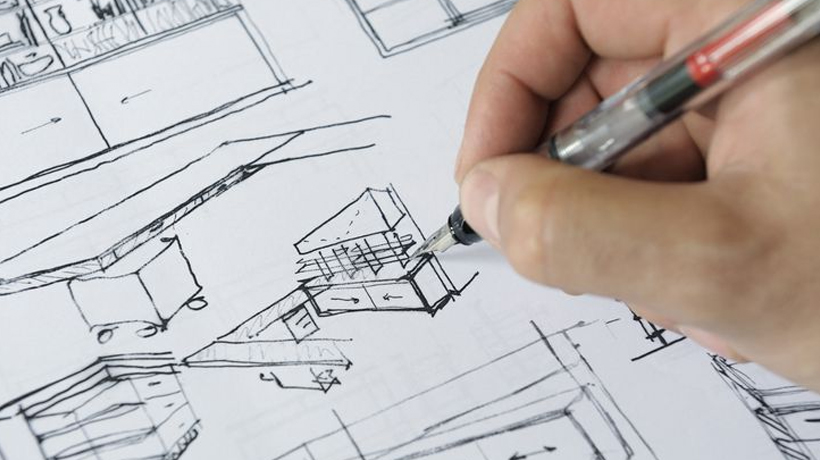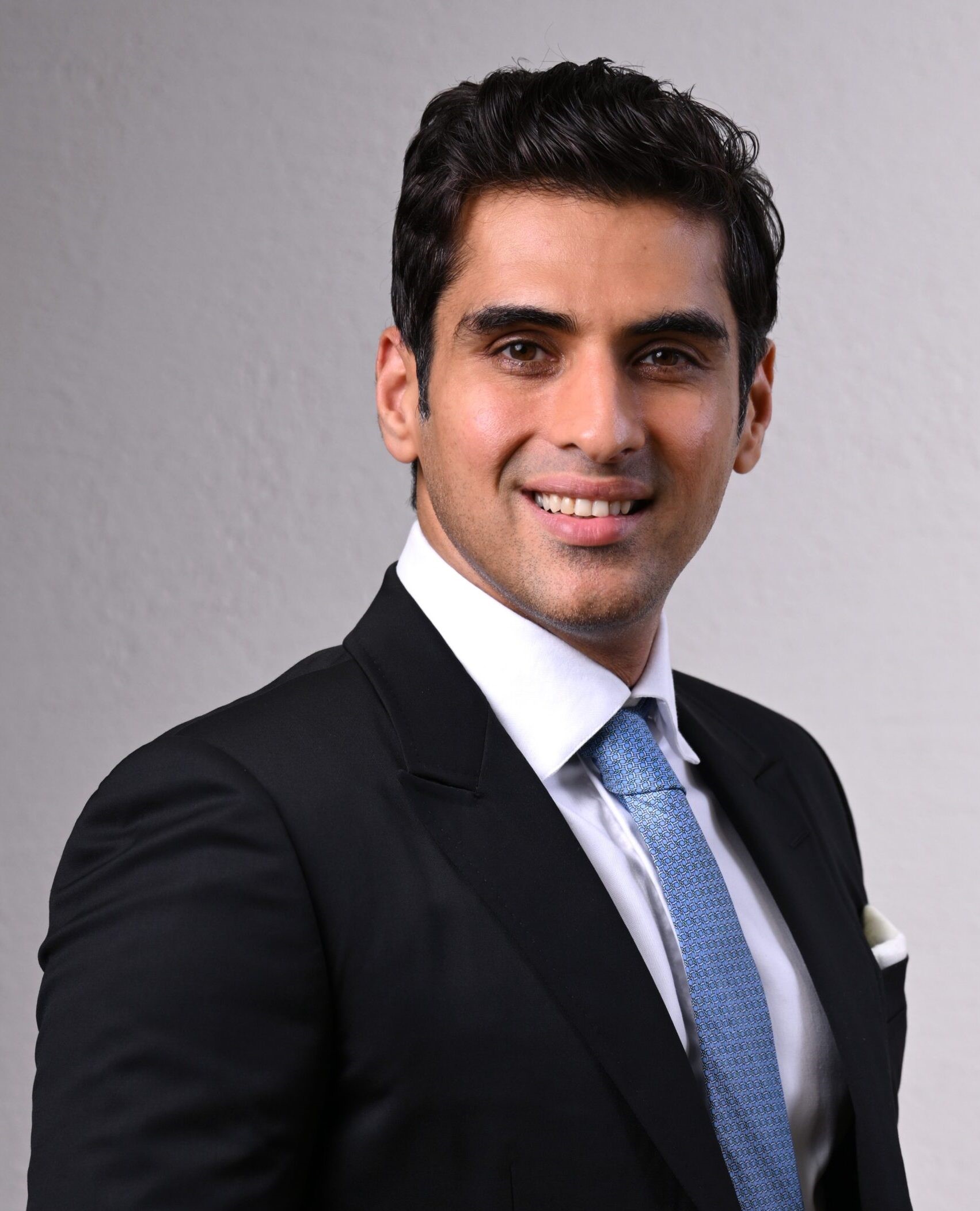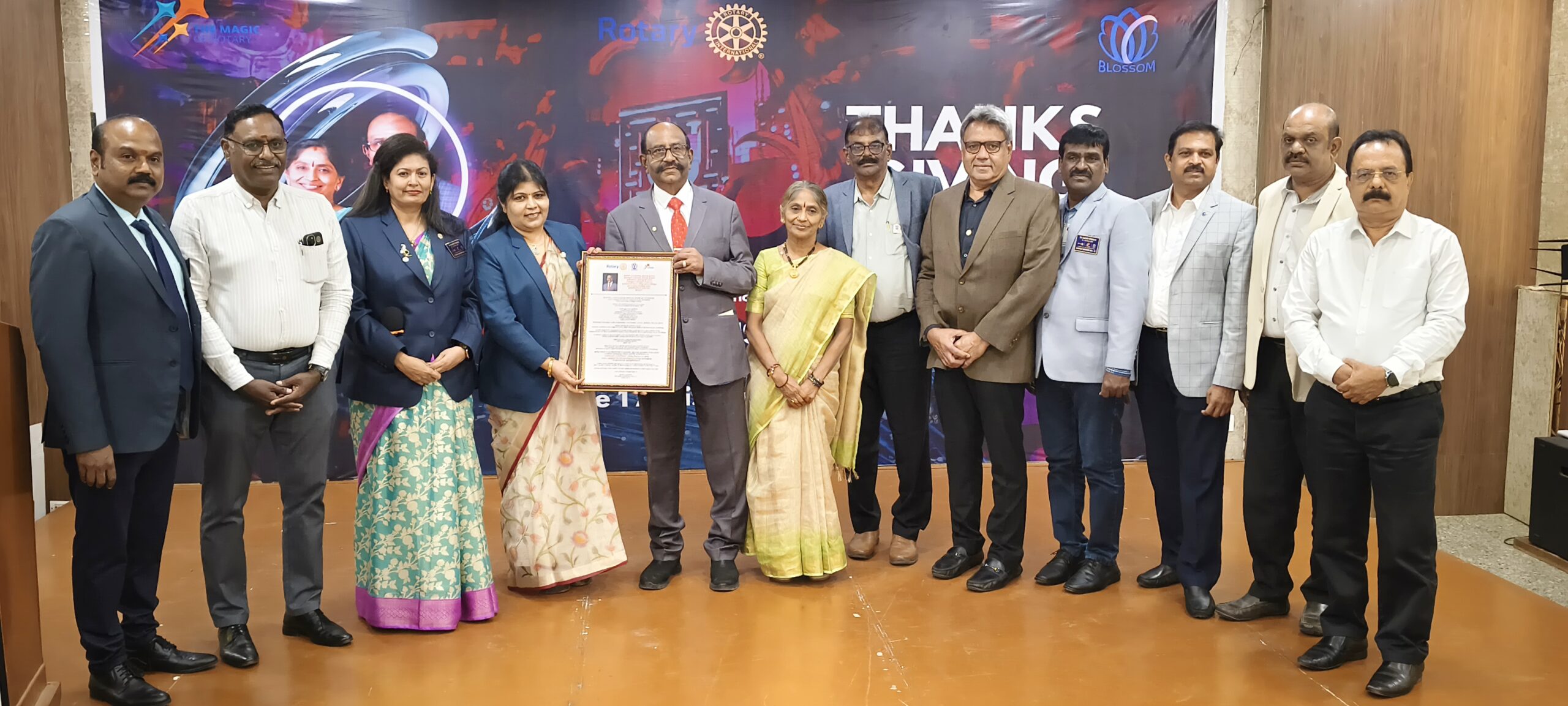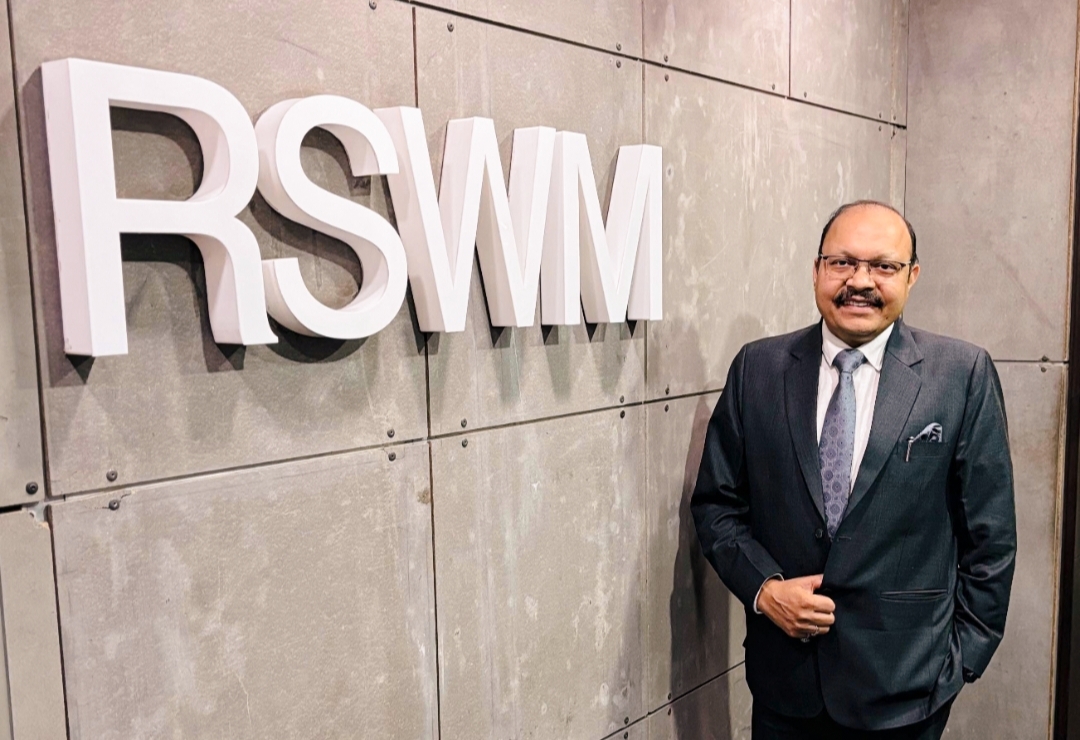Trending Now
- “If Edappadi Palaniswami permits, a thousand young members from the Virudhunagar district AIADMK are prepared to take up arms and engage in battle under my command.” – Former AIADMK Minister Rajendra Balaji
- “India is ready to deal with any counter-attack by Pakistan” – Wing Commander Vyomika Singh
- Central govt orders extension of CBI Director Praveen Sood’s tenure for another year
Coimbatore
A sneak peek into modern architectural world
![]() October 29, 2018
October 29, 2018
Indian industry needs about 20 lakh architects and there are less than 1 lakh registered ones. Nearly 90 per cent of the buildings are made without the interventions of architects, says Council of Architecture president Vijay Garg.
The Council of Architecture (COA) was constituted under the provisions of the Architects Act, 1972, which came into force on September 1 that year. The Act provides for registration of architects, standards of education, recognised qualifications and standards of practice to be complied with.
The council is responsible for regulating education and practice of the profession, besides maintaining the register of architects. Garg was in Coimbatore to address important aspects of architecture – practice, education and about NATA. In a chat with The Covai Post, he spoke about the changing culture of architecture.
Excerpts from the interview.
Q: What trends do you see in the real estate industry from an architectural perspective?
A: There is a lot of development in the country. Hence, the trend is moving upward. The demand of the architects is growing. Unfortunately, the number of architects is very less.
Q: What are the new technologies that have made the construction process more efficient?
A: Materials are available on a fast track mode which makes the delivery of projects faster. From steel buildings and faster constructions, more technological interventions have come in. Nowadays, there are pre-engineered buildings where one can assemble and deliver buildings faster. Environment-friendly products are being introduced in the market
Q: Are builders adapting to new methodologies, tools and technologies?
A: If the builders have hired registered architects they definitely will adopt new technologies. However, sometimes people are not aware of the new technologies or products because there are fewer number of qualified professionals. People in rural, semi-rural areas are till date not aware about the benefits of hiring a professional.Sometimes builders go with the limited knowledge provided by the masons. Public awareness campaigns are required by the government, NGOs, councils, schools and colleges regarding architecture.
Q: Architecture has an immense amount of effect on the socio-cultural imprint of the city. Should one be worried about increasing number of foreign architectural firms working in India?
A: It’s a myth, rather an impression we have that foreign architectural firms are working in India. Foreign architects are not allowed to work here. They get special approvals for specific projects from MHRD or government projects where there is an intervention of local partners. As far as rules and regulations are permitted they are not allowed to work in India unless they have strong tieup with local partners.
Q: Why are people influenced by foreign architectural design?
A: People sometimes get inspired by foreign architects and hire them as “concept architects”. Sometimes, people want to transplant and replicate the buildings from the foreign land. But, they are not culturally and environmentally suitable for India. There should be awareness programs among elite class. There are glass buildings in Gurgaon. Builders wanted to build something aesthetically beautiful and hence, they made it. But, over a period of time, they will not find it useful. Such kind of buildings causes more harm to the city than helping.
Q: Can the government reject such proposals?
A: Some cities don’t have such kind of mechanism or agencies. But cities like Delhi scrutinise the proposal. If they find the project not environmentally sustainable they drop the idea of building. Agencies like this should be formed and promoted in all cities.
Q: What steps have the council taken to provide job opportunities for architects?
A: We have sought intervention from the government to include architects as part of policy-making so that development is faster. With structural changes in the policy, architects will be able to give their inputs on a large scale. We create awareness by various campaigns.
Q: What is in the council proposal regarding the conduct of NATA
A: We have changed the eligibility criteria. Students can appear for NATA twice a year instead of once. The score can be taken for admission. We are propagating the field of architecture so that more and more children get inspired and come in this field.
Q: How does the council ensure that the architect is adhering to the norms laid by the government?
A: If they don’t adhere to the norms and someone complains to the Council, we withdraw his or her licence. We are very vigilant and have a strong, robust mechanism. Architects and people need to be aware of the fact that we don’t entertain or indulge in unethical malpractices.























